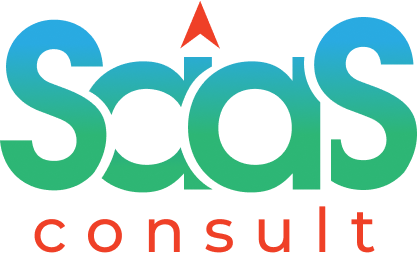What is Programmatic advertising
Programmatic advertising refers to the automated buying and selling of digital ad space in real-time using advanced algorithms and technology. It involves the use of software platforms and algorithms to target specific audiences, place ads, and optimize ad campaigns. Here are some key points about programmatic advertising:
1. Automated ad buying: Programmatic advertising eliminates the need for manual negotiations and manual placement of ads. Instead, it uses sophisticated algorithms to automate the process of buying and selling ad inventory across various websites, mobile apps, and digital platforms.
2. Real-time bidding (RTB): Real-time bidding is a key component of programmatic advertising. Advertisers bid on ad impressions in real-time auctions, and the winning bid gets their ad displayed to the target audience. This allows for precise targeting and optimization based on real-time data.
3. Data-driven targeting: Programmatic advertising leverages vast amounts of data to target specific audiences based on demographics, behavior, interests, and other parameters. By using data management platforms (DMPs) and third-party data sources, advertisers can reach the right audience at the right time with personalized and relevant ads.
4. Ad exchange and supply-side platforms (SSPs): Ad exchanges facilitate the buying and selling of ad inventory in real-time auctions, while supply-side platforms (SSPs) enable publishers to manage and sell their ad inventory. These platforms connect advertisers and publishers, allowing for efficient and automated ad transactions.
5. Ad formats and optimization: Programmatic advertising supports various ad formats, including display ads, video ads, native ads, and more. Advertisers can use programmatic technology to optimize their ad campaigns in real-time, adjusting bid prices, targeting parameters, and creative elements to achieve better performance and return on investment (ROI).
6. Transparency and control: Programmatic advertising provides advertisers with transparency and control over their ad campaigns. Advertisers can access detailed reports and analytics to track the performance of their ads, monitor campaign metrics, and make data-driven decisions to optimize their strategies.
7. Efficiency and scalability: Programmatic advertising offers efficiency and scalability by automating the ad buying process. Advertisers can reach a wider audience, target specific segments, and optimize campaigns at scale, saving time and resources compared to traditional ad buying methods.
8. Dynamic ad delivery: Programmatic advertising enables dynamic ad delivery, where ads can be personalized and tailored to individual users based on their preferences, browsing history, and real-time contextual factors. This allows for more relevant and engaging ad experiences.
In summary, programmatic advertising revolutionizes the process of buying and selling digital ad inventory by automating and optimizing the ad placement process. It leverages data, real-time bidding, and advanced algorithms to reach the right audience with personalized ads. Programmatic advertising offers efficiency, scalability, and control, making it a popular choice for advertisers looking to maximize the impact and effectiveness of their digital ad campaigns.

